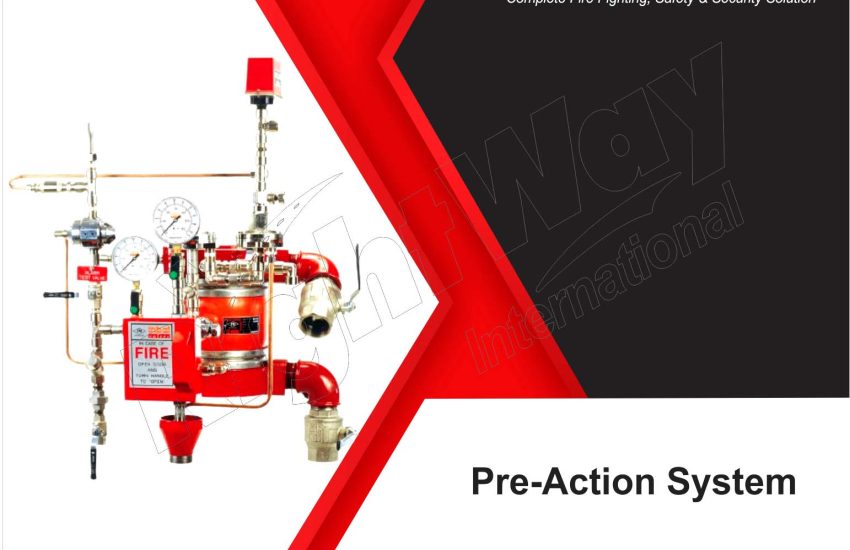When it comes to fire protection, pre-action sprinkler systems stand out as effective solutions for safeguarding valuable assets. These systems are meticulously designed to minimize water damage while ensuring a rapid response to potential fire threats. This article explores what a pre-action sprinkler system entails, its components, benefits, and the specific applications where it proves crucial.
Understanding Pre-Action Sprinkler Systems
A pre-action sprinkler system is a specialized type of fire suppression system that operates on a dual-trigger mechanism. The first trigger is the detection of heat or smoke, which opens a valve to allow water into the piping system. The second trigger activates the individual sprinkler heads when a fire reaches a certain temperature. This design significantly reduces the risk of accidental water damage, making it ideal for environments that house water-sensitive materials.
Key Components of Pre-Action Sprinkler Systems
- Detection System: Comprising heat detectors or smoke detectors, this system signals the presence of a fire.
- Control Valve: This essential valve manages the flow of water into the sprinkler system and responds to the detection system.
- Piping System: A network of pipes transports water to the sprinkler heads.
- Sprinkler Heads: These are the discharge points that release water when activated.
- Alarm System: An audible and visual alert system that activates during a fire incident.
Benefits of Using a Pre-Action Sprinkler System
- Minimized Water Damage: Water is only released when a fire is confirmed, significantly reducing the risk of accidental discharge.
- Rapid Response: The quick activation of sprinklers allows for timely suppression of flames.
- Versatility: Suitable for various environments, including data centers, libraries, and museums, where protecting sensitive materials is critical.
- Enhanced Safety: Provides an additional layer of fire protection in high-value areas.
Applications for Pre-Action Sprinkler Systems
- Data Centers: Protect sensitive electronic equipment from both fire and potential water damage.
- Museums and Archives: Safeguard priceless artifacts and documents against fire while preventing water exposure.
- Telecommunications Facilities: Maintain the integrity of essential communication infrastructure.
- Chemical Storage Facilities: Manage risks associated with flammable materials without exposing them to unnecessary water.
Conclusion
Pre-action sprinkler systems present a robust solution for fire protection in sensitive environments. By comprehending the workings and benefits of these systems, facility managers can make informed decisions about their fire safety strategies. Investing in a pre-action sprinkler system not only secures valuable assets but also enhances overall safety and ensures compliance with fire regulations.


